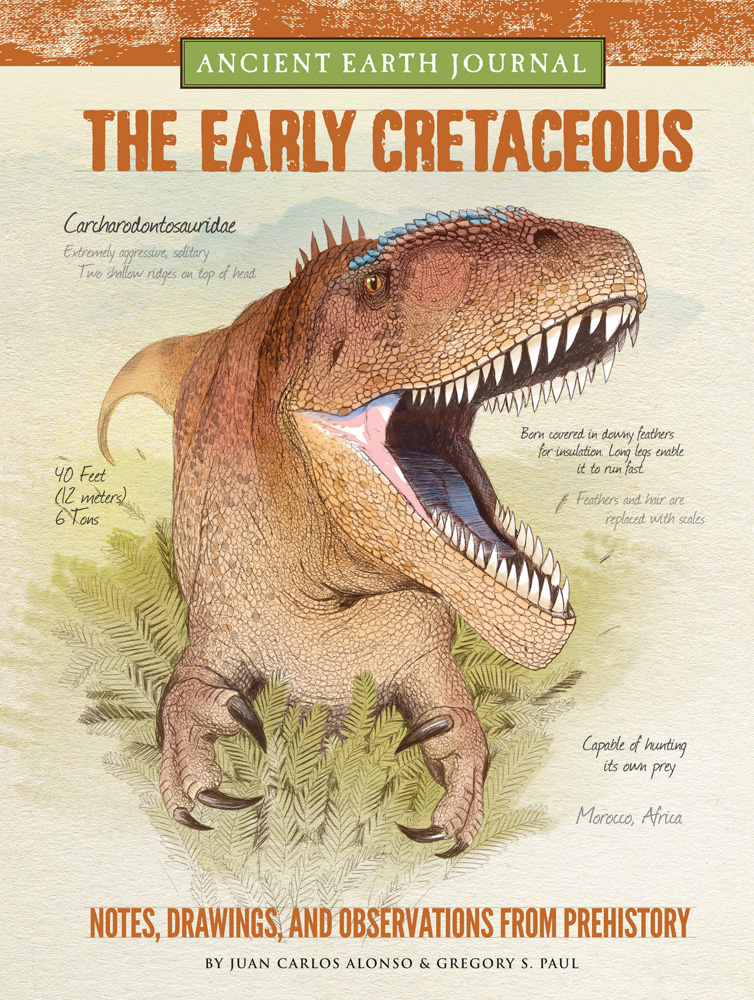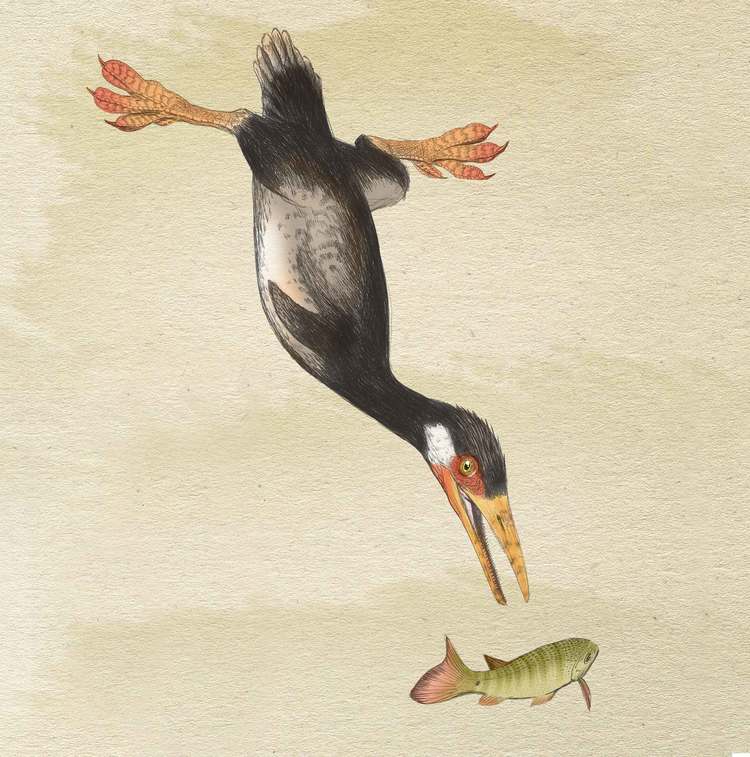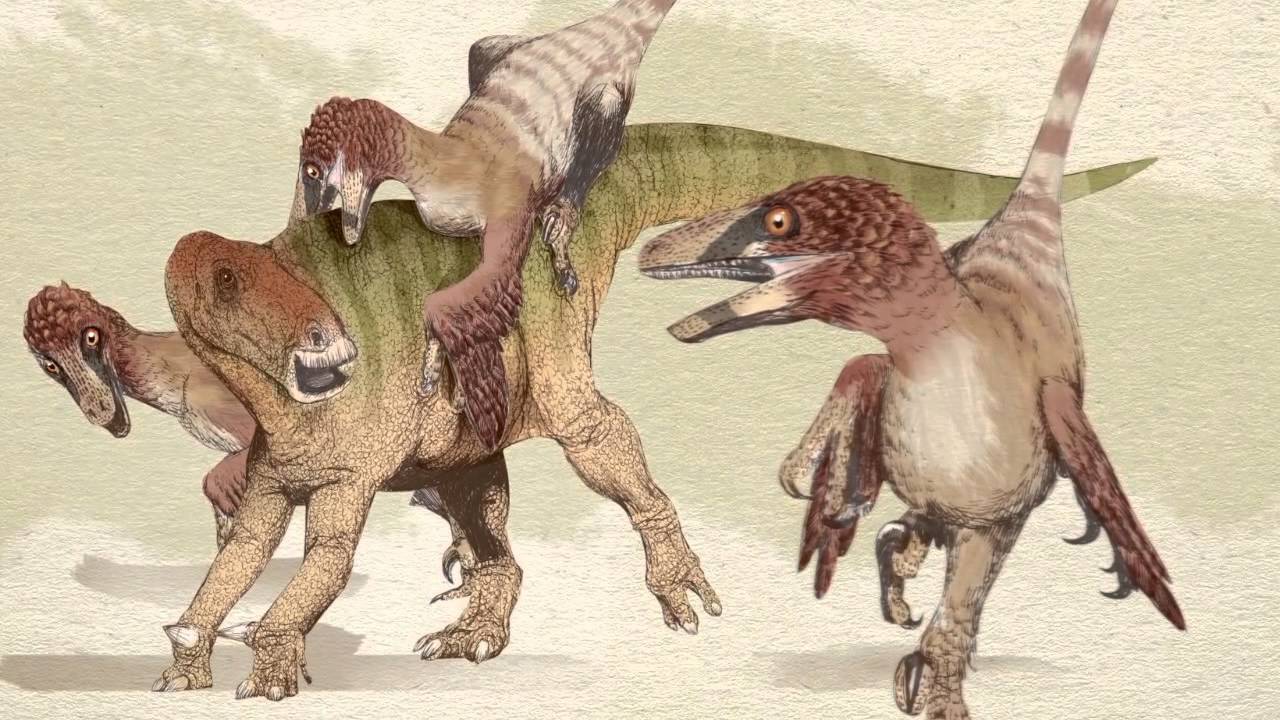 As a child, Juan Carlos Alonso, author of “Ancient Earth Journal: The Early Cretaceous,” was obsessed with dinosaurs. Over time, his interests grew toward art — specifically painting. He studied art in college and received a bachelor’s degree in fine art. Then he took an entry-level job in a graphic design firm. Fifteen years passed, and his interest in dinosaurs began to grow again. “I began sculpting scale models of different dinosaur species as a hobby,” he told Cracking the Cover. “It was a great endeavor, but as I grew busier with work it was difficult to dedicate the time. So eventually I stopped, but my passion for dinosaurs did not.”
As a child, Juan Carlos Alonso, author of “Ancient Earth Journal: The Early Cretaceous,” was obsessed with dinosaurs. Over time, his interests grew toward art — specifically painting. He studied art in college and received a bachelor’s degree in fine art. Then he took an entry-level job in a graphic design firm. Fifteen years passed, and his interest in dinosaurs began to grow again. “I began sculpting scale models of different dinosaur species as a hobby,” he told Cracking the Cover. “It was a great endeavor, but as I grew busier with work it was difficult to dedicate the time. So eventually I stopped, but my passion for dinosaurs did not.”
Fast-forward about 10 years, and Juan Carlos’ began to think about writing. As he would read to his then 2-year-old daughter, he would watch the way she was viewing the world. “So much curiosity and wonder, it was so pure,” he said. “This made me want to write the book that I wanted as a child, one that appealed to my sense of wonder. It has been an amazing experience taking things I’ve learned professionally and the passion I have for prehistory and putting them together. It was a very natural and rewarding process.”
Writing a book for children felt natural for Juan Carlos. “I think the fact that I was inspired by these types of books as a child makes me want to share my work with children,” he said. “There is something so universal about dinosaurs, you can talk to a child off the street in China and ask him or her their favorite dinosaur and chances are they’ll have one. In any part of the world in any language, children gravitate towards dinosaurs. I’m not exactly sure why, but I think it has a lot to do with their size, fierceness and the fact that they are no longer around – part science, part imagination.”
 Originally, Juan Carlos started by writing a fiction book. Something completely different book than “Ancient Earth Journal.” He wanted to make his representations of these animals as scientifically accurate as possible, and as he researched which dinosaurs coexisted with one another, he became more and more interested in this slice of time in which the book took place. In the end, he moved toward a nonfiction book hat focused on the Early Cretaceous.
Originally, Juan Carlos started by writing a fiction book. Something completely different book than “Ancient Earth Journal.” He wanted to make his representations of these animals as scientifically accurate as possible, and as he researched which dinosaurs coexisted with one another, he became more and more interested in this slice of time in which the book took place. In the end, he moved toward a nonfiction book hat focused on the Early Cretaceous.
“I see the Early Cretaceous period as a time of evolutionary transition for many groups of animals,” Juan Carlos said. “It was the time when first true birds and the ancestors of the first Hadrosaurs, or duck-billed dinosaurs appeared on earth. Tyrannosaur species had begun evolving, many of these species were found with fossilized feathery impressions on their skin. A lot of interesting wildlife existed during this time, including many animals with crests, elongated spines and other strange adaptations, most of which are not featured in other books. I felt it gave a good perspective from the standpoint of evolution. I believe this is the first book for young readers dedicated strictly to this time period.”
Focusing on a specific time period and creatures that are so well known required a lot of research on Juan Carlos’ part. “There are so many resources available now for research that it can be overwhelming but having a co-author that happens to be a preeminent researcher helps.”
 Juan Carlos’ co-author, Gregory S. Paul, is a researcher, an illustrator and an accomplished author. He’s also one of Juan Carlos’ heroes.
Juan Carlos’ co-author, Gregory S. Paul, is a researcher, an illustrator and an accomplished author. He’s also one of Juan Carlos’ heroes.
Gregory’s book “Predatory Dinosaurs Of The World” changed the way Juan Carlos saw dinosaurs. “He pictured them laying down in the shade, caring for their young and even hunting in packs in the water. They became animals doing what animals do in real situations. Not just running with their mouths open like monsters.”
The two men met at a book signing for Gregory’s book “The Princeton Field Guide To Dinosaurs.” “We talked for a little bit and we ended up having dinner,” Juan Carlos. “That night showed him an idea I had for a book, it wasn’t until several months later that I finalized drawings to share with him and asked if he would be the co-author on the project. He agreed and here we are.
Gregory’s vast knowledge of the time period and each individual species made things very smooth, Juan Carlos said. “I would provide him with a sketch of one specific animal, he would make his comments and together we ended up with an illustration that embodied both our visions. Same with the text, mostly I would send him a draft and he would edit by adding or removing and together it all just clicked.”
 By dedicating the topic to just half of one time period, Juan Carlos hopes his book will give readers some perspective on how the earth and its animals change. “The animals that existed in the Early Cretaceous are very different than in periods before and after,” he said. “Evolution is a slow and ever-changing process.”
By dedicating the topic to just half of one time period, Juan Carlos hopes his book will give readers some perspective on how the earth and its animals change. “The animals that existed in the Early Cretaceous are very different than in periods before and after,” he said. “Evolution is a slow and ever-changing process.”
Juan Carlos hopes “Ancient Earth Journal” is just the first of many books.
“To the point I made about giving readers perspective on different periods of the earth, what better way to illustrate that, than to provide them with books of different time periods for comparison.”
Juan Carlos Alonso co-authored “Ancient Earth Journal: The Early Cretaceous” with Gregory S. Paul. He has over 30 years experience in the graphic design/illustration field. His passion for nature has taken him around the world from Australia to the Galapagos Islands to study animals. Along with his work in the graphic arts, he is also an accomplished wildlife sculptor focusing mostly on prehistoric animals.
Learn more about Juan Carlos and “Ancient Earth Journal: The Early Cretaceous” by reading the complete transcript of his interview with Cracking the Cover.
